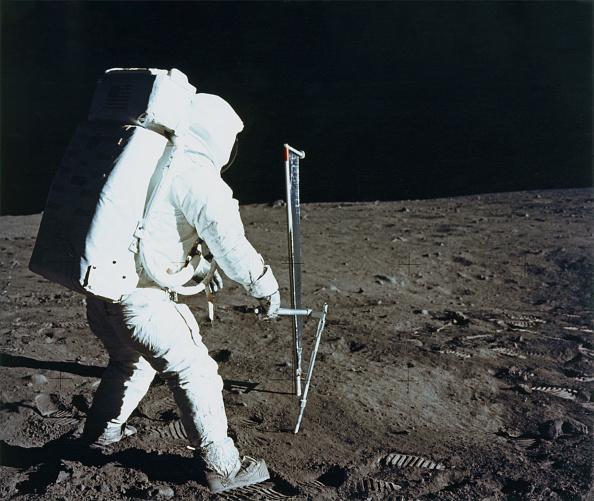“It was the best of times, it was the worst of times. ...” Charles Dickens wrote those lines thinking of the years prior to the French Revolution. I write them thinking of the summer of 1969.
That summer, our country was mired in the war in Vietnam. In the streets of Greenwich Village, gays and police duked it out in what became known as the Stonewall Riots. Senator Ted Kennedy drove his car off a bridge on Chappaquiddick Island in Massachusetts, leaving his passenger, Mary Jo Kopechne, to drown. Charles Manson and his crew of wing nuts committed murder in hopes of sparking a revolution. In August, more than 350,000 people listened to rock music, played in the mud, and some cavorted naked at Woodstock, New York, leaving behind tons of trash.






